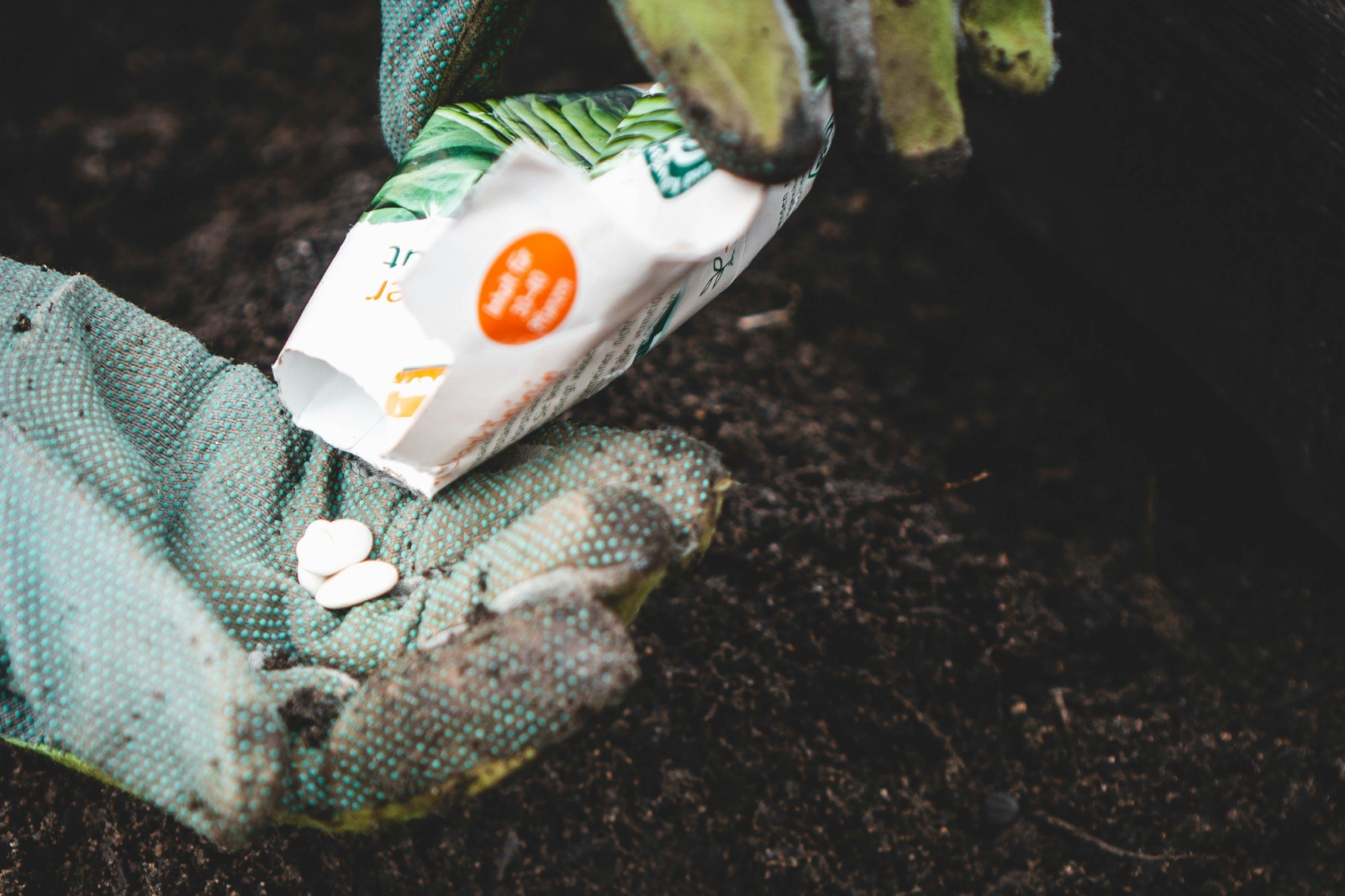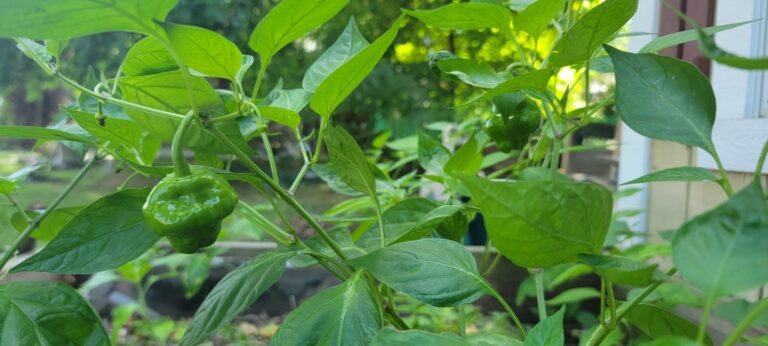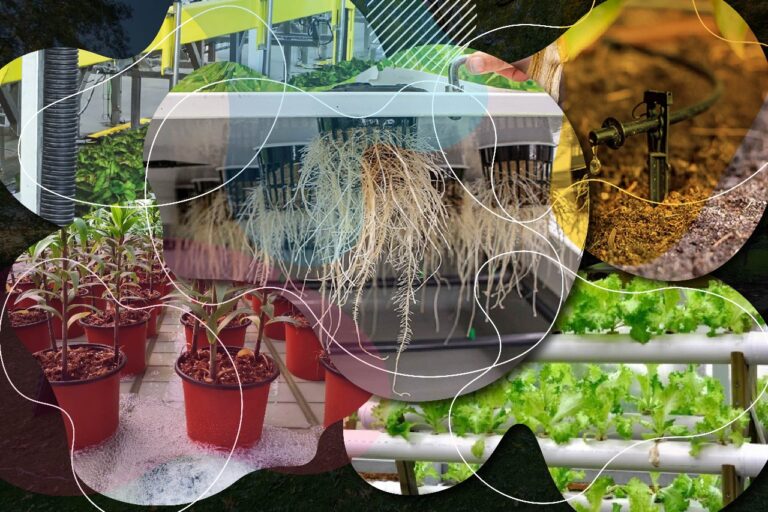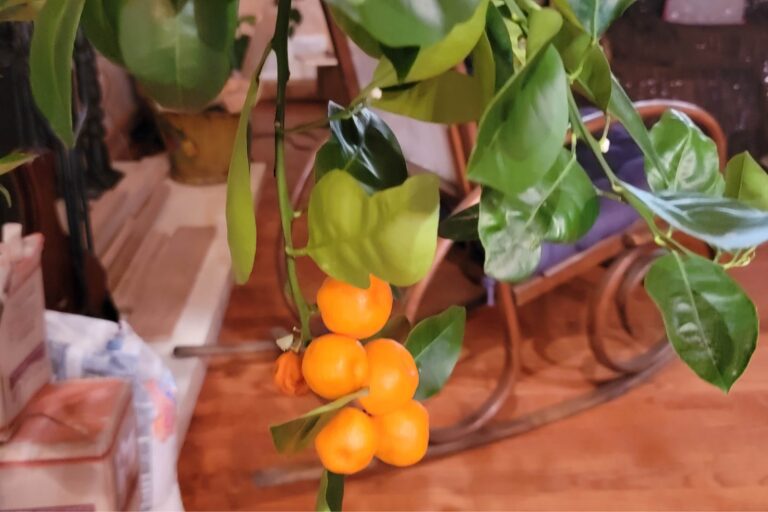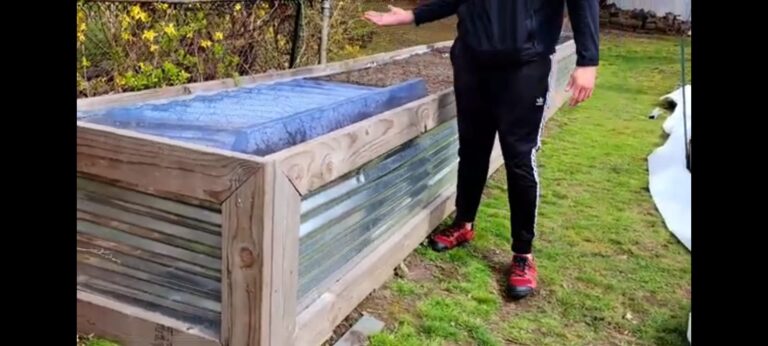Spring Seeds
Introduction
Spring is a lovely time, especially in frigid climates, when nature awakens from its winter slumber and gardeners anxiously prepare for the growing season ahead. Understanding the intricacies of spring seeds in these temperature zones is an important step toward creating a successful garden. In this blog post, we’ll go over the specifics of spring seed planting, such as viable plant species, optimal planting schedules, and key gardening recommendations.
Understanding The Climate
Gardeners face unique obstacles in colder climates, which are frequently characterized by late frosts and harsh weather. Because these places have a shorter growth season, it is critical to select seeds that can resist colder temperatures and even late frosts. State agriculture agencies around the world provide zone maps to help people understand the climate of a specific place. In the United States, the USDA Plant Hardiness Zone Map can assist you in precisely determining your zone.
Optimal Planting Times
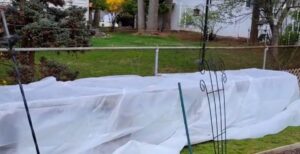
In my area, the final frost usually happens in mid to late April. To prevent damage to young seedlings, start seeds indoors 6-8 weeks before the final forecast frost. This offers the seedlings a head start and allows for transplanting when the outdoor circumstances improve.
Frost-Resistant Spring Seeds
These seeds could easily lie in following categories
- Cold-Tolerant Vegetables
- Perennial Herbs
- Cold-Resistant Flowers
1. Cold-Tolerant Vegetables

- Kale: A resilient leafy green that can resist frost and even improves in flavor when exposed to low temperatures
- Carrots: Carrot seeds can survive cooler soil conditions, so sow them early
- Radishes: These fast-growing veggies are ideal for early spring planting in frigid areas
- Peas: Select cold-resistant cultivars for early planting
- Lettuce: varieties such as Butterhead, Romaine, and Loose-leaf thrive in the milder spring weather. You can grow both shelling and snap peas early in the season
- Spinach: This leafy green thrives in the chilly temperatures of early spring
- Broccoli and Cauliflower: These cold-tolerant cruciferous veggies fare nicely in chili throughout the early spring
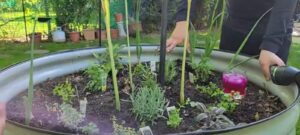
Check out my Vlog and Blog about Early Spring Gardening.
2. Perennial Herbs

- Thyme: A strong herb that thrives in chilly areas
- Chives: Chives are hardy and flexible, and they can withstand frigid weather
- Rosemary: Plant rosemary in well-drained soil to enjoy its scent and flavor throughout the season
- Cilantro: Plant cilantro seeds straight in the garden in early spring or you can start them indoors even in frosty snowy weather provided your place has controlled temperature
- Parsley: Select a flat-leaved or curly variety and start seeds indoors for later transplanting
Check out my Vlog about Herbs
3. Cold-Resistant Flowers
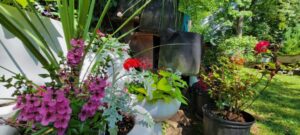
- Daffodils: These colorful spring flowers may survive late frosts
- Crocuses: Plant these early bloomers to get a blast of color in cold soil
- Pansies: These are cold-tolerant and come in a wide range of hues, lend appeal to early spring gardens
- Snapdragons: Plant these beauties early for a pop of color in your flower gardens
- Dianthus: Ideal for borders and containers, Dianthus thrives in cooler weather
Frost Prevention Techniques
- Covering Plants: Use frost blankets, cloths, or even inverted buckets to protect delicate seedlings from late frost
- Mulching: Add a thick layer of mulch around plants to help regulate soil temperature and protect roots from frost
- Watering Strategies: Wet soil retains heat better than dry soil, so water the garden before an expected frost to provide extra protection

Soil Preparation and Amendments
- Early Soil Warming: Dark-colored mulches can help warm the soil early in the season
- Raised Beds: Use raised beds to improve drainage and warm the soil faster
- Cold-Frame Gardening: Investigate the use of cold frames to extend the growing season and protect vulnerable plants
Additional Tips for Cold-Region Gardening
- Succession Planting: Make several plantings throughout the season to enhance harvest prospects
- Hardening Off: To increase seedling robustness, gradually adapt them to outdoor environments before transplantation
- Winter Sowing: Experiment with winter sowing strategies to give specific seeds an early start
Conclusion
Gardening in colder climates may need more labor and strategic preparation, but the results are well worth it. By carefully selecting frost-resistant seeds, using frost prevention strategies, and tailoring your gardening habits to the unique challenges of colder areas, you may have a vibrant and productive garden that flourishes despite the coldness of spring. Happy gardening!

